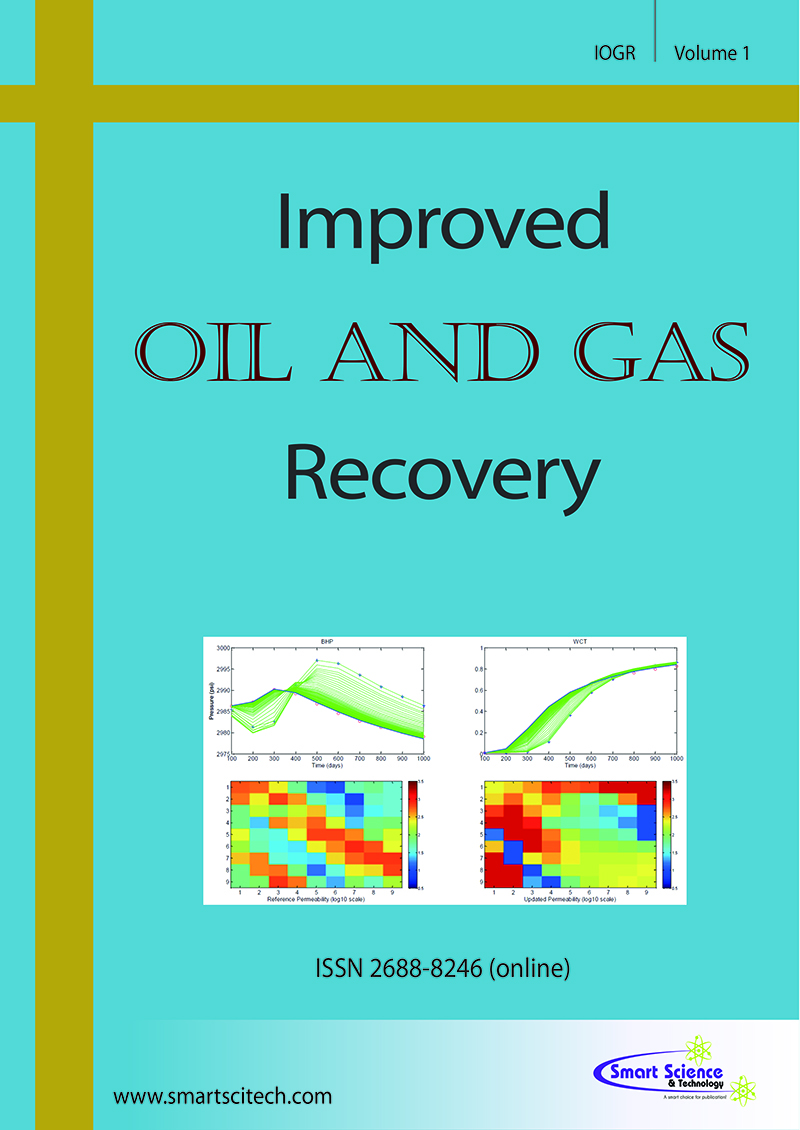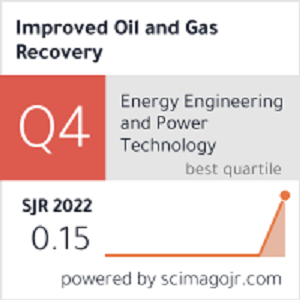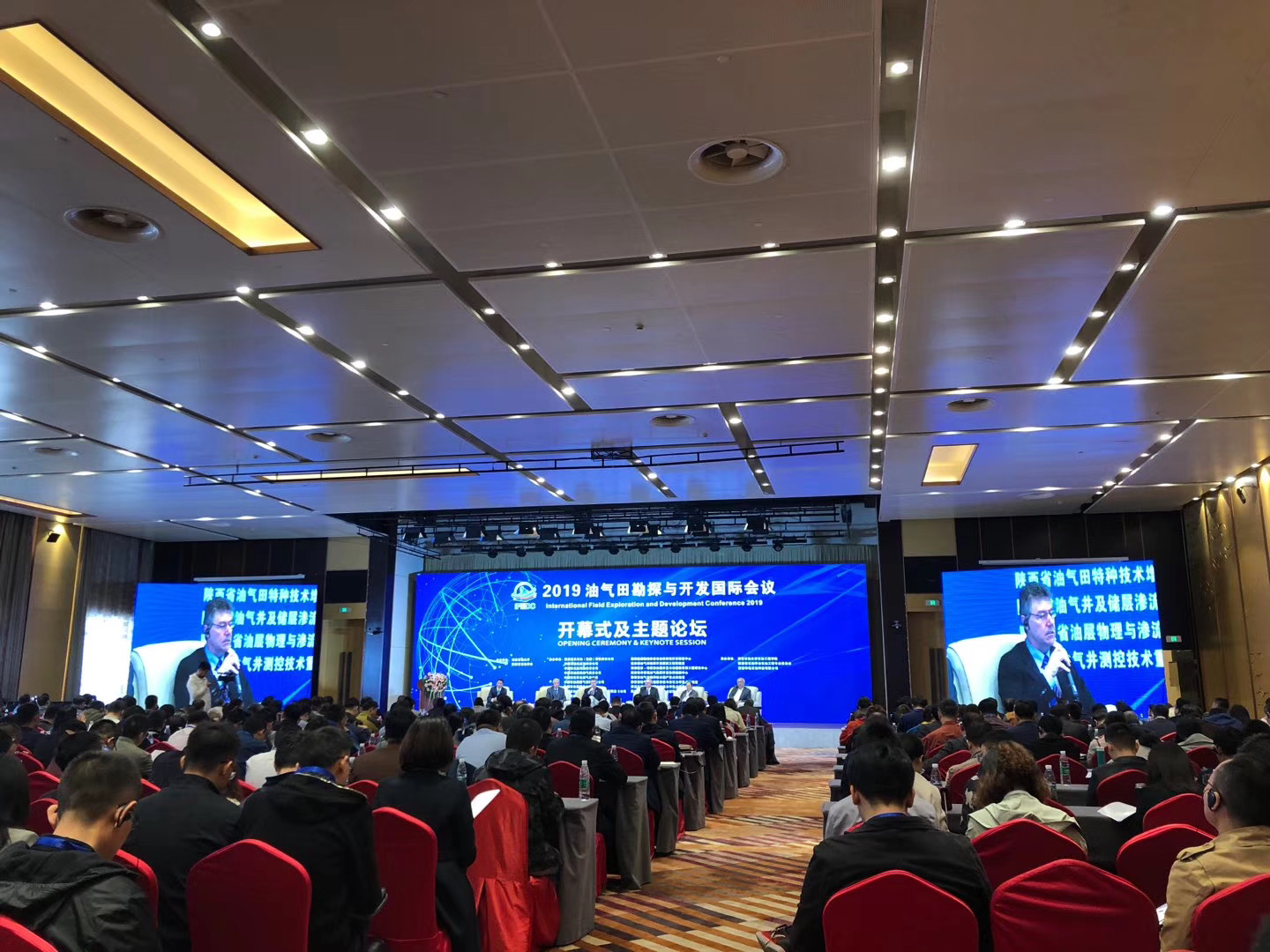Hydrate Management with Real Time Data Visualization
DOI: 10.14800/IOGR.441
Abstract
Hydrate is a common issue in the natural gas production, which can be accelerated by the presence of H2S and CO2. This paper is to present the current experience in a gas project in Sichuan, including application of several surveillance technologies for the benefit of hydrate prevention and management, to support production optimization.
This sour gas project has high H2S and CO2 content. With the high deliverability at the wells, the project has used a two-choke configuration in the surface system to manage the surface pressure to feed the gas into the production process. Given a design of the 2-choke system, the sour gas is choked, heated, and then choked again, and finally flows to the Tri-Ethylene Glycol (TEG) dehydration unit. Hydrate formation risk normally exists downstream of the first choke and the second choke if the heater is not efficient, and at the filtration process upstream of the dehydration.
Hydrate prevention had been considered during the design phase of the surface production facilities. Methyl-Ethylene Glycol (MEG) is therefore selected and injected to the upstream of the first choke to mix with the gas flow stream. Real time data surveillance (i.e., pressure and temperature) with digital gauges are installed in the areas with high probability of hydrate formation. The most important next step is the real-time data (i.e., gas rate, water rate, pressure, temperature and MEG injection rate), which are updated and the hydrate formation curves are plotted to display on the central control computer. Based on the relative position of the pressure and temperature, the integrated digital control system can be used to optimize production by controlling gas rate, heater temperature and MEG injection.
In brief, with this visualized monitoring system in place, hydrate prevention has been visually and effectively managed and MEG consumption has been optimized to minimize the operational cost.
Downloads
Published
How to Cite
Issue
Section
License
Copyright (c) 2019 Jianjiang Lv, Jianbo Yuan, Minh Vo, Juanliang Zhang

This work is licensed under a Creative Commons Attribution 4.0 International License.












